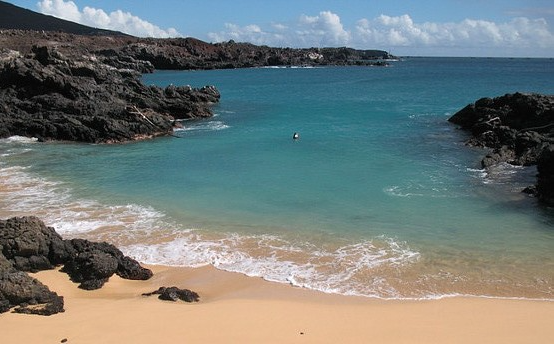LT&C-partner Mission Blue recently published the following great news:
Dr. Sylvia Earle was recently at Ascension Island to urge the British Government to safeguard the maritime zones of the UK’s overseas territories by creating three of the largest marine protected areas (MPAs) in the world. The United Kingdom has jurisdiction over the fifth largest maritime zone in the world – an area of ocean nearly 30 times the size of the UK itself. The three MPAs proposed would more than double the size of existing protected areas in the ocean. That’s one step closer to the Mission Blue goal of 20% Ocean Conservation by 2020!
The Guardian reports:
The UK is to establish the world’s largest continuous marine reserve in waters around the Pitcairn Islands in the Pacific, the government has said.
While not mentioned in chancellor George Osborne’s speech, the budget published on Wednesday confirms that the government will go ahead with designating the ocean around Pitcairn – famous partly as the island where the mutineers of the Bounty settled – as a marine protected area (MPA).
The zone is expected to ban commercial fishing, and will cover a 834,000 sq km (322,000 square miles) area where previous expeditions have found more than 80 species of fish, coral and algae.
Conservationists had argued that modern satellite monitoring meant that costly boat patrols to stop overfishing made such a protected zone feasible and affordable, and the government in its budget statement appears to agree.
It said the MPA “will be dependent upon reaching agreement with NGOs on satellite monitoring and with authorities in relevant ports to prevent landing of illegal catch, as well as on identifying a practical naval method of enforcing the MPA at a cost that can be accommodated within existing departmental expenditure limits”
The Guardian in an earlier edition wrote:
Conservationists call for UK to create world’s largest marine reserve
Three proposed reserves in UK waters around the Pitcairn Islands in the Pacific, and Ascension Island and South Sandwich Islands in the Atlantic, would more than double the size of the world’s existing marine protected areas.



